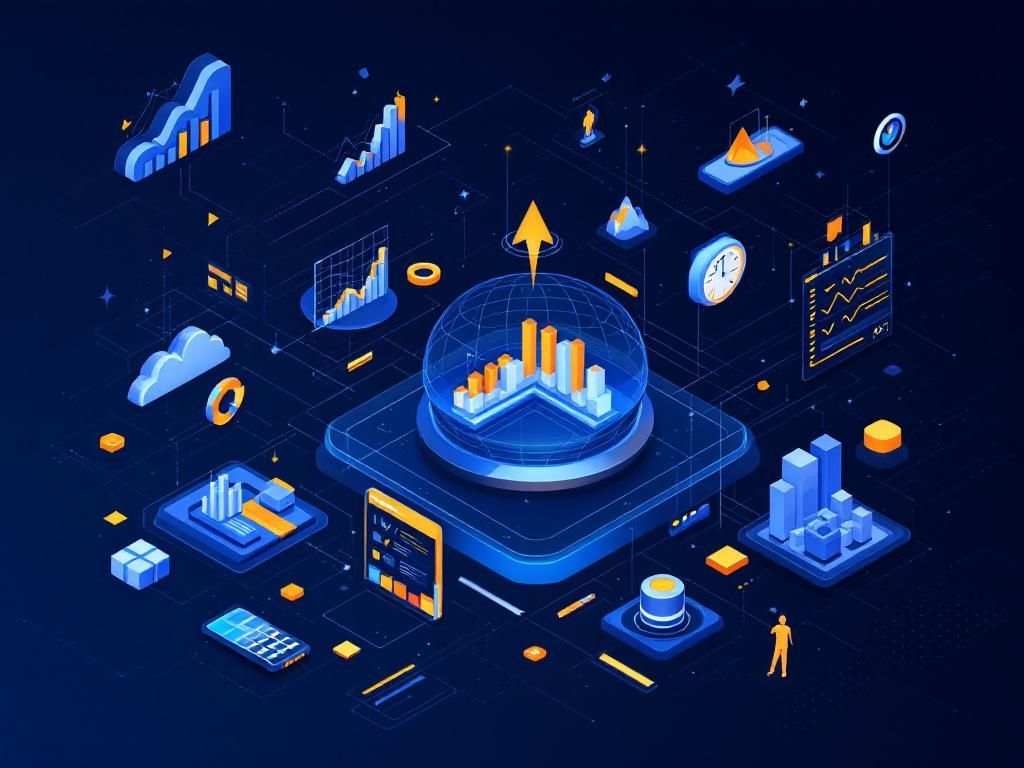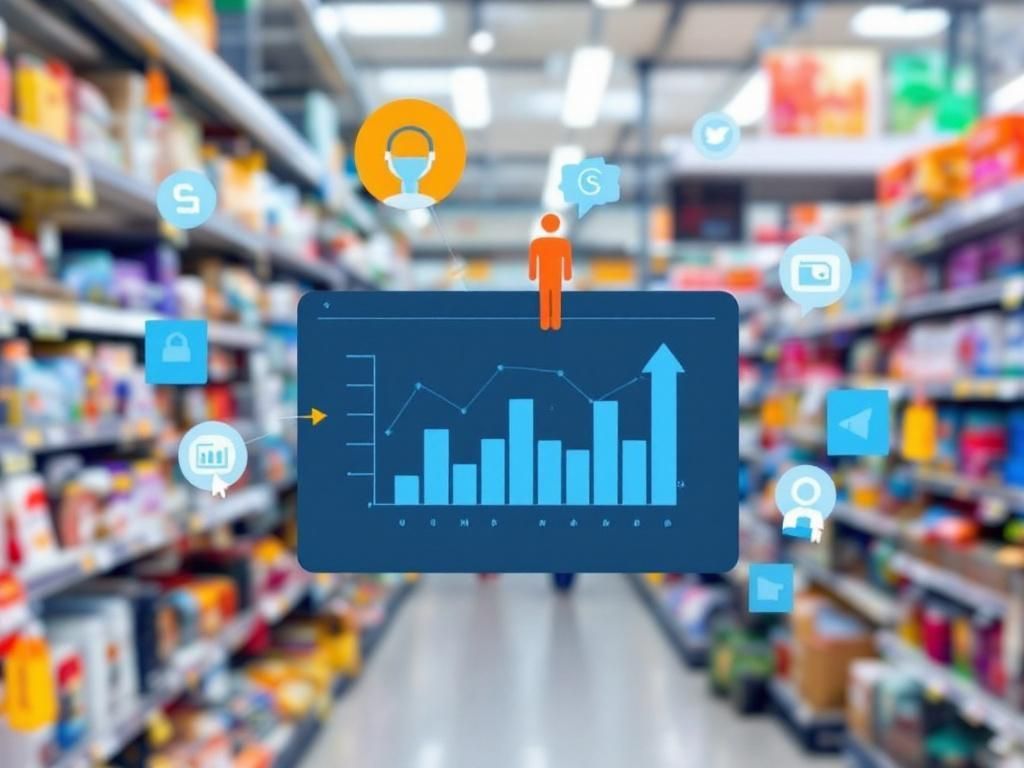In the ever-evolving landscape of retail, the ability to anticipate customer needs and optimize operations is paramount for success. Predictive analytics is a powerful tool that leverages data, statistical algorithms, and machine learning techniques to identify the likelihood of future outcomes based on historical data. By harnessing the power of predictive analytics, retailers can not only enhance customer experience but also streamline their operations, reduce costs, and drive profitability.
The Foundation of Predictive Analytics
To fully understand the impact of predictive analytics on retail businesses, it’s essential to grasp its underlying principles. Predictive analytics relies on three key elements:
- Data Collection: Gathering relevant data from various sources including sales transactions, customer interactions, and social media.
- Data Analysis: Employing statistical techniques and machine learning models to analyze historical data and identify patterns.
- Forecasting: Using analyzed data to make informed predictions about future trends, customer behavior, and inventory needs.
Benefits of Implementing Predictive Analytics
Integrating predictive analytics into retail operations can yield numerous benefits, including:
- Enhanced Customer Experience: Personalized marketing strategies that cater to individual preferences.
- Improved Inventory Management: Accurate demand forecasting to optimize stock levels and reduce waste.
- Increased Sales: Identifying cross-selling and upselling opportunities based on customer purchase history.
- Operational Efficiency: Streamlining processes by predicting maintenance needs and supply chain disruptions.
Key Applications of Predictive Analytics in Retail
Predictive analytics can be applied across various aspects of retail operations. Here are some of the most impactful applications:
1. Customer Segmentation
Understanding customer demographics and behaviors can significantly enhance marketing efforts. Predictive analytics allows retailers to:
- Identify distinct customer segments.
- Create targeted marketing campaigns.
- Enhance customer loyalty through personalized offers.
2. Inventory Optimization
Effective inventory management is crucial for minimizing costs and maximizing sales. Predictive analytics helps retailers to:
- Forecast demand based on historical sales data.
- Adjust stock levels dynamically to align with predicted trends.
- Reduce instances of overstocking and stockouts.
3. Price Optimization
Setting the right price is vital for attracting customers and maximizing profits. Retailers can utilize predictive analytics to:
- Analyze competitor pricing strategies.
- Determine optimal pricing for promotions and discounts.
- Forecast price elasticity and customer response.
4. Churn Prediction
Retaining customers is often more cost-effective than acquiring new ones. Predictive analytics can help retailers:
- Identify at-risk customers through behavioral analysis.
- Implement retention strategies based on predicted churn rates.
- Enhance customer engagement to foster loyalty.
Challenges in Implementing Predictive Analytics
While the benefits of predictive analytics are substantial, retailers may encounter several challenges during implementation:
- Data Quality: Poor data quality can lead to inaccurate predictions. Ensuring data integrity is essential.
- Integration Complexity: Integrating predictive analytics tools with existing systems can be complex and resource-intensive.
- Skill Gaps: A lack of expertise in data analysis and analytics tools can hinder effective implementation.
Choosing the Right Predictive Analytics Tools
Selecting the right predictive analytics tools is critical for maximizing the benefits of this technology. Here are some factors to consider:
| Criteria | Description |
|---|---|
| Usability | Intuitive interface that can be used by non-technical staff. |
| Scalability | The ability to handle increasing data volumes as the business grows. |
| Integration | Seamless compatibility with existing systems and data sources. |
| Support and Training | Availability of training resources and customer support. |
Case Studies: Success Stories in Predictive Analytics
Several retailers have successfully transformed their businesses through the implementation of predictive analytics:
Walmart
Walmart uses predictive analytics for inventory management and sales forecasting. By analyzing purchase patterns and customer behavior, they can optimize stock levels and ensure product availability, resulting in increased sales and customer satisfaction.
Amazon
Amazon relies heavily on predictive analytics to personalize customer experiences. By analyzing browsing history, purchase patterns, and preferences, they can recommend products to customers, significantly boosting sales through personalized marketing.
Future Trends in Predictive Analytics
The field of predictive analytics is constantly evolving, with several trends shaping its future in retail:
- Increased Use of AI and Machine Learning: More sophisticated algorithms will enhance prediction accuracy.
- Real-Time Analytics: The ability to analyze data in real time will enable immediate decision-making.
- Greater Emphasis on Data Privacy: As data collection increases, so does the importance of safeguarding customer information.
Conclusion
Predictive analytics offers retail businesses the capability to anticipate trends, enhance customer experiences, and optimize operations. By understanding and overcoming the challenges of implementation, retailers can leverage this powerful tool to drive growth and maintain a competitive edge in an increasingly data-driven marketplace. As predictive analytics continues to evolve, staying ahead of the curve will be essential for retailers looking to thrive in the future.
FAQ
What is predictive analytics in retail?
Predictive analytics in retail refers to the use of statistical algorithms and machine learning techniques to identify the likelihood of future outcomes based on historical data.
How can predictive analytics benefit my retail business?
Predictive analytics can enhance inventory management, improve customer targeting, optimize pricing strategies, and increase sales forecasting accuracy, ultimately driving business growth.
What types of data do retailers use for predictive analytics?
Retailers typically use sales data, customer demographics, purchase history, market trends, and external factors like seasonality and economic indicators.
Is predictive analytics suitable for small retail businesses?
Yes, predictive analytics can be beneficial for small retail businesses by providing insights that help them make data-driven decisions, even with limited resources.
What tools are available for implementing predictive analytics in retail?
There are various tools available, including data visualization software, machine learning platforms, and specialized retail analytics solutions that help retailers harness predictive analytics.
How can I start using predictive analytics in my retail strategy?
To start using predictive analytics, retailers should begin by collecting and analyzing their data, identifying key performance indicators, and selecting the right tools and technologies to support their analytics efforts.




